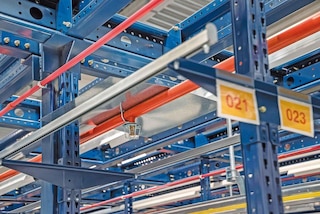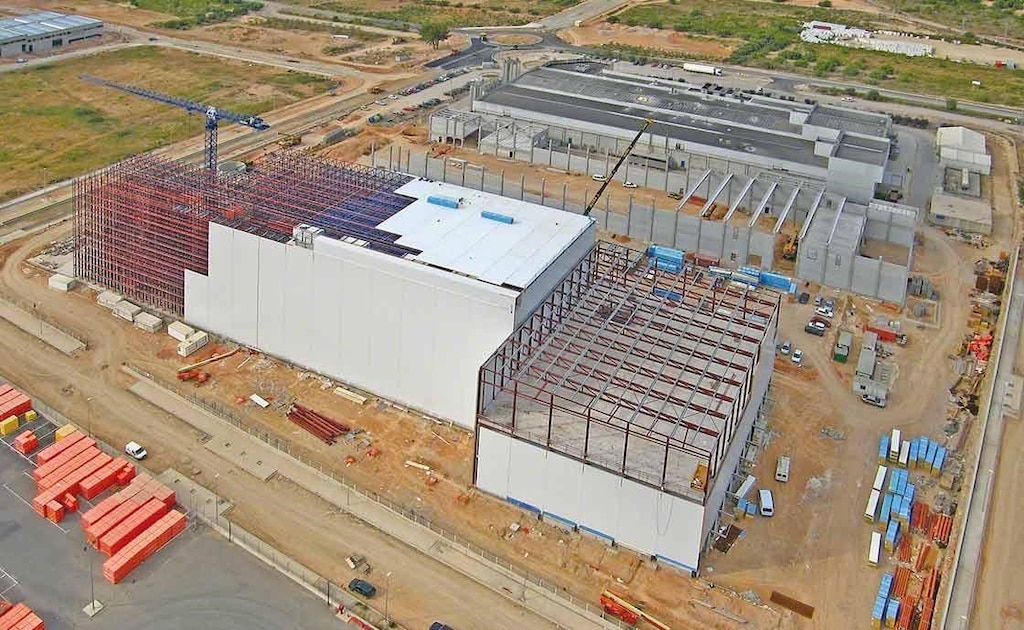
Safety and risk prevention in the warehouse: key systems
There are a series of systems that reinforce safety and help prevent the main risks in a warehouse. We are talking about products for warehousing goods, and electronic devices or software for automating processes that make daily work faster, simpler and more efficient, as well as reduces risks.
This results in both the well-being of workers and the appropriate conservation of goods. Therefore, here it reviews which systems will help you in promoting safety and risk prevention in your warehouse.
Automatic systems for warehouse risk prevention
The trend towards increasing warehouse automation involves the implementation of electronic systems that significantly reduce risks. Some of them include:
1. Emergency stop buttons
In the event of an accident or a dangerous situation, for both staff and stocks, emergency stop buttons are located in strategic points of the warehouse. They are activated by a single push by one person and stop the operation of the machinery instantly.
2. Obstacle and motion sensors
One of the most useful devices are the sensors installed in multiple automatic systems such as stacker cranes or mobile shelves to avoid collisions with moving objects. These emit flashing lights and audible signals that alert operators or forklift trucks nearing crossings or blind intersections.
3. Installations that facilitate warehouse cleaning
Proper cleaning of the space is essential to keeping slips and falls from happening at the sensor level and at different heights. In this regard, the use of aerial electrified monorails in the warehouse simplifies general organization and hygiene, as they enable the floor to be kept clear.
Software for warehouse safety and risk prevention
A logistics process management system, such as Mecalux's Easy WMS, also promotes warehouse safety and risk prevention.
How does it work? Basically, one of the software's objectives is to reduce the number of manual actions that a worker must perform for maintenance and order fulfillment. To do this, it issues organizational orders aimed at optimized product handling. An example is the distribution of these at different heights based on the shipping frequency of each item: the most sought-after products remain at shoulder height; and the less demanded ones at lower or higher levels.
The fewer the repetitive movements, the lower the incidence of musculoskeletal disorders among operators.
Racks that help minimize warehouse risks
The choice of suitable racks and their maintenance via technical rack inspections are two essential keys to making the warehouse a safer working environment.
In addition, it is important to carry out an analysis of the needs of the goods and the zone in where the warehouse is located. For example, rack-supported warehouses are an ideal solution in places with high seismic activity or strong gusts of wind.
On the other hand, choosing racks adjusted to the loads designed to support both the weight and shape of these loads is also a risk prevention measure in warehouses. In so doing, for long goods we will consider cantilever racks and, for example, if the storage site is outdoors, the metal racks will need a finish that offers greater anti-corrosion properties.

Safety in your warehouse: fire-fighting devices
A fire can cause irreparable losses to merchandise, not to mention the human casualties that could result. For maximum protection, systems are installed that focus on three aspects: prevention, detection and extinction.
1. Fire detectors
These involve sensors that send out an alarm in the presence of fire or smoke in the surrounding area.
2. Fire-fighting devices
They quell a fire by releasing water, foam or gas. In certain sized warehouses, it is a wise idea to opt for a sprinkler network, or sprinklers built into the racks themselves, which are activated as soon as the detection sensors are activated.
3. Fire prevention devices
In warehouses where large volumes of goods are handled or where dangerous goods are handled, experts recommend dividing the space into compartments using fire partitions and fire doors. These systems allow to you to quickly isolate any fire and to control it within a confined space, before the fire spreads uncontrollably through the warehouse.
Logistics managers are increasingly aware of the importance of ensuring warehouse safety. Discover with us the best success stories about companies that have equipped themselves with the most modern risk prevention systems.
